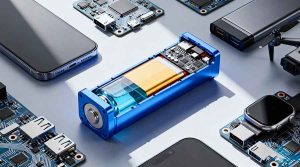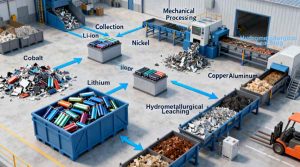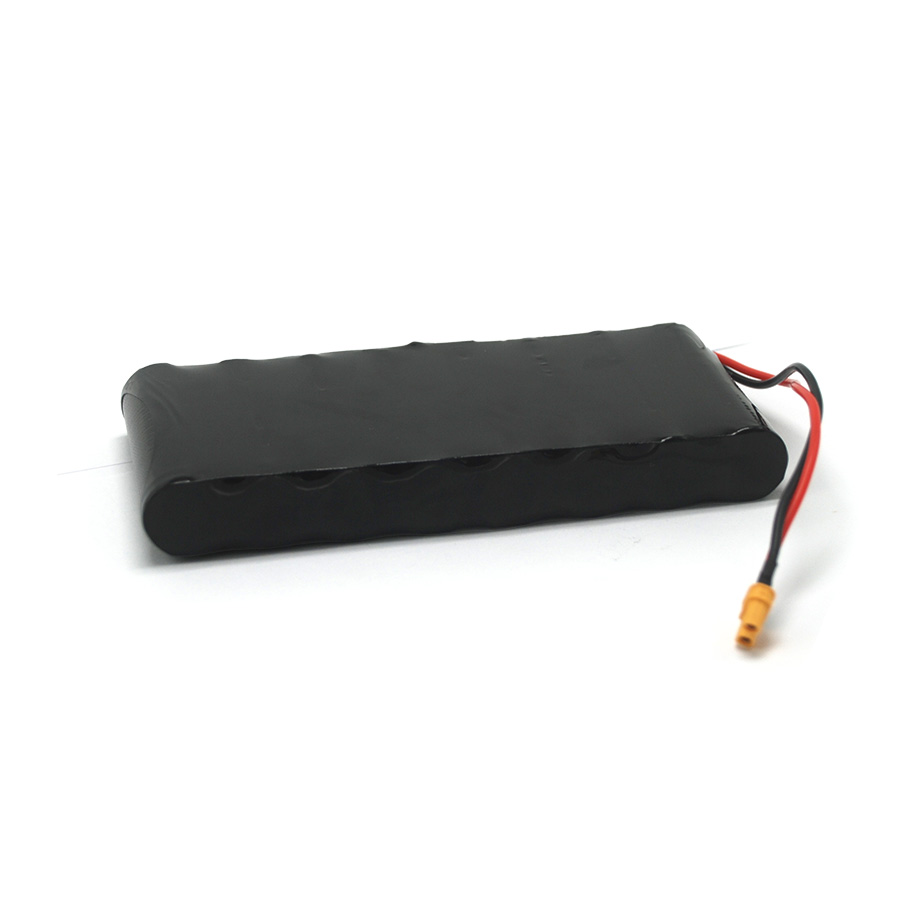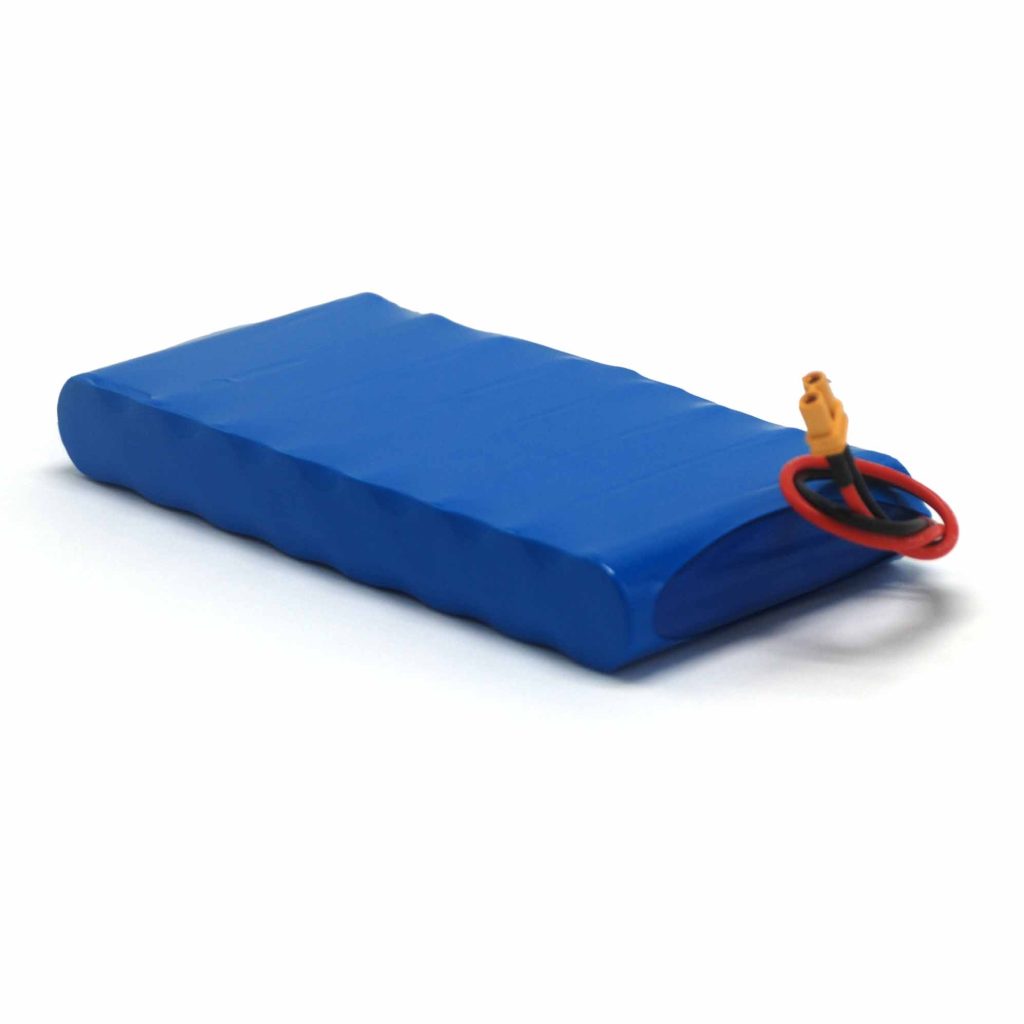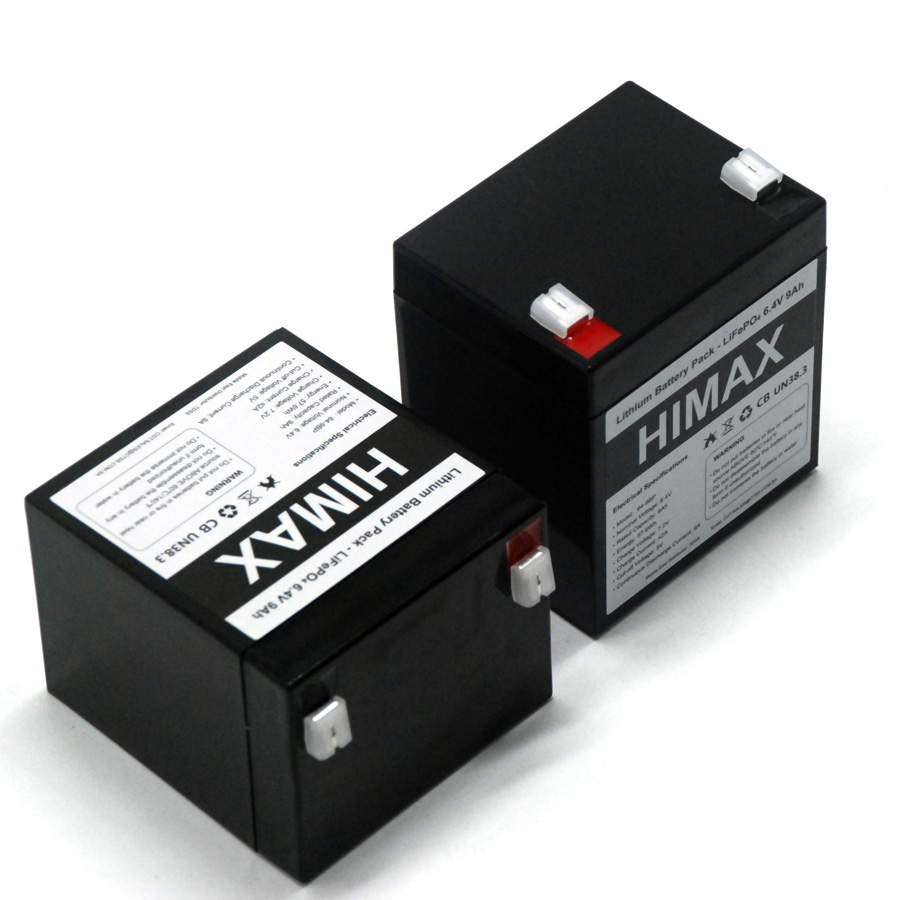B2B/OEM Guide by Himax Battery (Last updated: August 6, 2025).
Introduction
As a battery engineer at Himax Battery, I’ve seen first–hand how inadequate sealing or heat buildup can cripple a motorized curtain system in just a few months. This article provides a no–nonsense, step–by–step look at best practices for waterproof/dustproof packaging and thermal management of battery packs tailored specifically for motorized curtains. We’ll dive into materials, processes, and real-world lessons so your next prototype sails through IP testing and operates reliably in any environment.
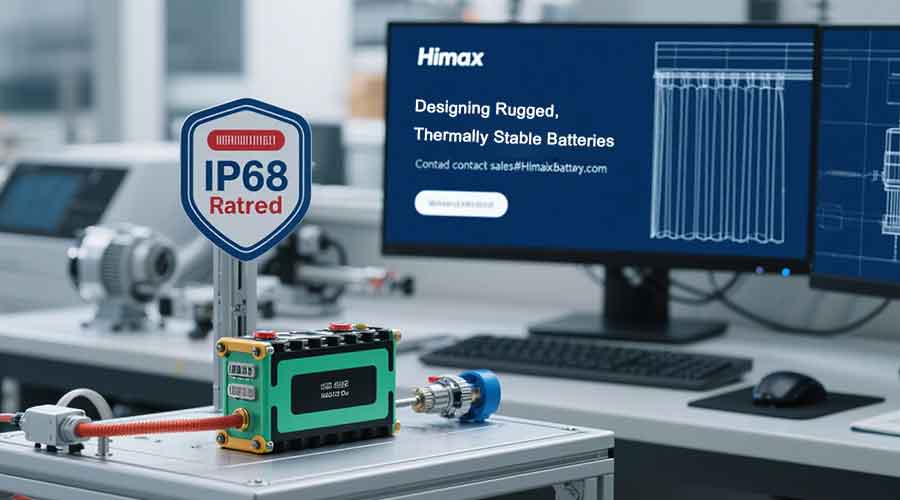
1. Waterproof & Dustproof Packaging Techniques
1.1 Materials & Seal Design
– Marine-Grade Aluminum vs. PC/ABS Housings
Anodized aluminum offers both strength and corrosion resistance, while PC/ABS blends strike a cost-performance balance. At Himax Battery, we laser-weld aluminum seams and then apply dual silicone O-ring seals to achieve IP68 submersion for 30 minutes at 1 m depth.
– Silicone Gaskets & Epoxy Potting
For electronics corridors—especially the BMS board—we vacuum-degass epoxy potting compounds that cure in multilayer steps. This approach protects against dust ingress (up to 1 µm particles) and shields components from drip-proof tests per IEC 60529.
1.2 Conformal Coating vs. Full Potting
– Conformal Coating
A 25 µm acrylic or urethane layer on BMS and connector interfaces resists condensation and splashes without adding bulk. We use SPI-approved coatings rated for 85 °C operation.
– Full Potting
When curtain motors operate poolside or in outdoor valances, we recommend full potting of the electronics chamber. Proper vacuum mixing prevents bubbles that could undermine both waterproofing and heat conduction.
1.3 Connector & Cable Glands
– M12 & PG7 Glands
Select glands rated IP68 with built-in strain relief boots. At Himax, we specify UV-stable TPE jacketing to guard against sunlight degradation over 5+ years of outdoor exposure.

2. Thermal Management Solutions
2.1 Passive Heat Dissipation
– Silicone Thermal Gap Pads & Graphite Sheets
A 1 mm silicone pad (≥ 3 W/m·K) paired with a 0.2 mm pyrolytic graphite sheet evens out hotspots across cell arrays. In one Himax prototype, this combo cut peak cell temperature by 7 °C during a 10 A burst discharge.
– Phase-Change Materials (PCMs)
Embedding micro-encapsulated PCMs in non-critical cavities delays thermal spikes, giving the BMS time to throttle load.
2.2 Active Cooling Strategies
– Micro-Blowers
For high-duty-cycle roller–shutter applications, we integrate 5 mm axial fans driven by the BMS. Firmware monitors pack temperature via NTC sensors and ramps fan RPM to maintain 45–55 °C operating range.
– Liquid-Cooling Microchannels
In rare cases where curtain motors draw > 15 A continuous, we mill micro-channels into the aluminum enclosure and circulate non-conductive coolant at 50 mL/min.

2.3 Sensor Placement & Control Logic
– Optimal Sensor Map
Place thermistors on the two hottest cells and one on the BMS board. Himax’s “turbo” mode frees full discharge at < 40 °C, while “eco” limits current to 2 A when > 55 °C.
3. Case Study: IP68 Motorized Curtain Battery
Client Brief: A resort needed sunshades for outdoor cabanas—rain, dust, and heat posed reliability challenges.
Himax Solution Highlights:
– Enclosure: Anodized aluminum shell with laser-welded seams.
– Sealing: Dual silicone O-rings + full epoxy potting of BMS electronics.
– Thermal Bridge: Silicone gap pads routed to exterior walls for passive dissipation.
– Validation: Successfully passed 30 min water immersion at 1 m, 240 h salt-spray, and 1,000 thermal cycles between –20 °C and +60 °C.
Lead Engineer Quote:
“We discovered that swapping a 0.5 mm gap pad for 1 mm increased conduction by over 25%. That change alone improved cycle life by 15% during our stress tests.”

Potting vs. Conformal Coating: Which is Right for Your Project?
4. Certification & Validation Workflow
– IP Testing (IEC 60529)
Jetting (IPX5) → Single-submersion (IPX7) → Continuous immersion (IPX8). Aim for IP68 to cover both rain and accidental submersion.
– Thermal Cycling & Vibration
–20 °C ↔ +60 °C soak cycles reveal micro-seal fatigue. Random vibration at 5 g RMS for 1 hr per axis ensures robust mountings.
– Himax Support
We coordinate lab booking, sample delivery, and report filing so you can focus on system integration.
Conclusion & Next Steps
Robust waterproofing and effective thermal management are non-negotiable for motorized curtain battery packs. By leveraging laser-welded, epoxy-potted enclosures and combining passive and active cooling strategies, Himax Battery delivers tailored IP68 solutions that stand up to the elements and throttle performance safely.
Ready to prototype your next IP68-rated curtain motor battery?
▶ Contact our team at services@himaxelectronics.com for a free feasibility review and rapid custom sample quotation.
Author Bio
Dr. Alex Chen, Senior Battery Systems Engineer at Himax Battery
With over a decade of experience in custom battery pack design and field-testing for industrial applications, Alex leads Himax’s wearable and IoT battery initiatives. When not in the lab, he’s sketching new enclosure ideas or hiking with his Labrador.

